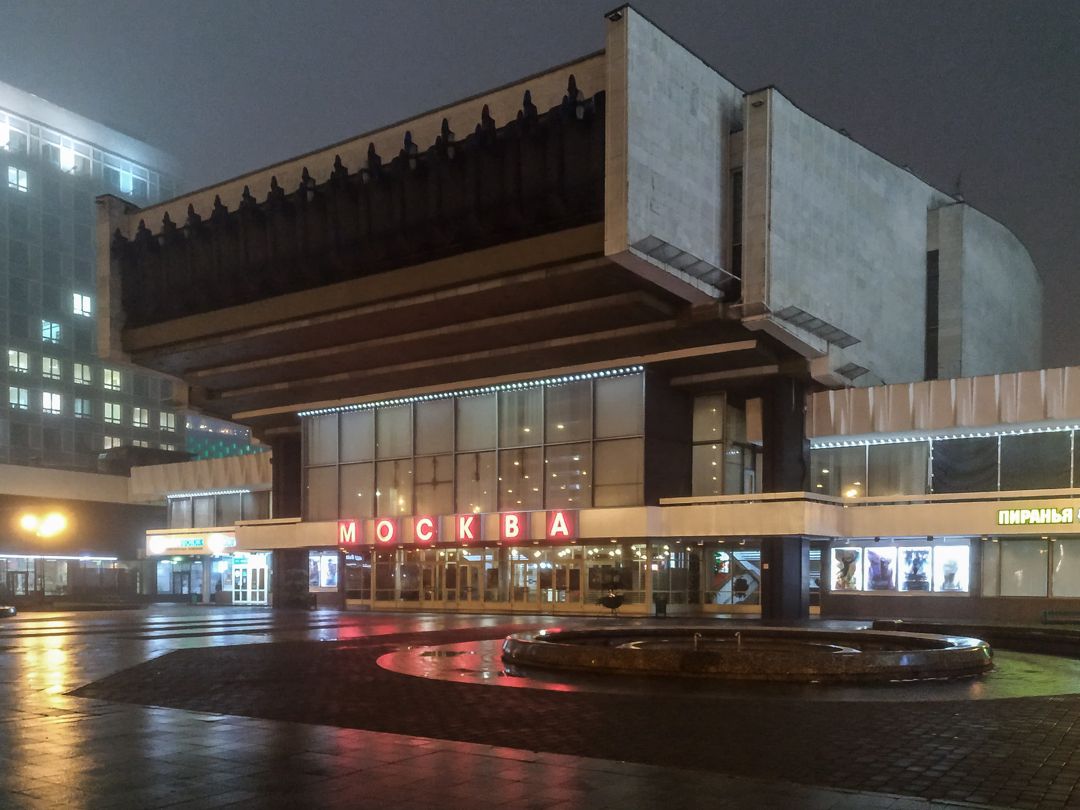In Central and Eastern Europe, we tend to associate modern architecture of the second half of the twentieth century with socialism, so it is no wonder that the perception of modern buildings in these countries is generally negative. The monumental but now decaying memories of the socialist era are more of an unpleasant part of the city for many, but fortunately there are those who view socialist modernist buildings from an exceptional point of view. Monumentality, endless concrete, neon signs, crumbling remains, abandoned landscapes and unexpected solutions… in our selection today, we present five Instagram accounts that demonstrate with their images the special taste that modernism gives to former socialist cities.
Between the memories of fading modernism and the crumbling remnants of the socialist past, Samuel Gunter guides us with his amazing images. He comments on his posts with a brief introduction and his own experiences, so we can learn even more about the strange buildings, concrete playgrounds, strange bus stops and exceptional monuments.
Anyone who has been to a housing estate knows for a fact that it is very easy to get lost in the endless repetition of huge blocks of flats. It is no different in Ukraine, where the residents of the blocks of flats are trying to smuggle uniqueness onto identical balconies with mosaic images. The Odesa journalist and photographer Taras Osipov, who documents the specific art of Ukrainian housing estates on his page called soviet_pixel, became aware of this phenomenon.
Colorful tiles, neon signs, socialist modernist frescoes, strange balconies and repetitive façades… the brutapest captures the exciting and truly colorful brutalist and socialist modernist details of the Hungarian capital. Through the unique point of view of the pictures, we can discover Budapest from a new perspective.
Who said modernism is gray and boring? Through the unique atmosphere of prspctiv_, we can get to know the most colorful modernist buildings, interiors, inscriptions, mosaics and public furniture in Poland.
The late modern architecture of countries of the former Yugoslavia and the Soviet Union after World War II hides almost inexhaustible treasures of concrete, and Steve Cvar attempts to collect the most utopian buildings and monuments, mainly from Eastern Europe.

The cycle of plastic | PLASTLO

A bracelet with which Hungarian designers would revolutionize hand disinfection










